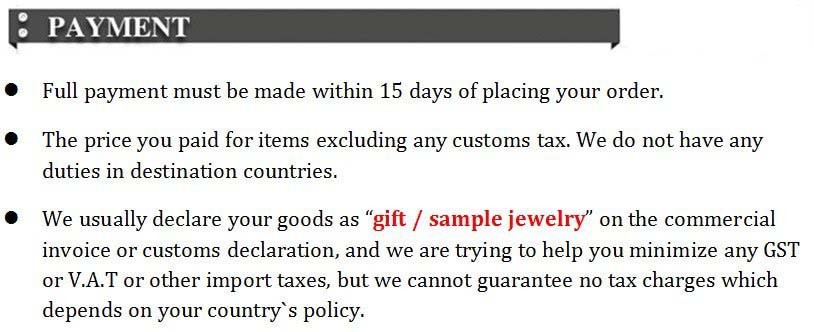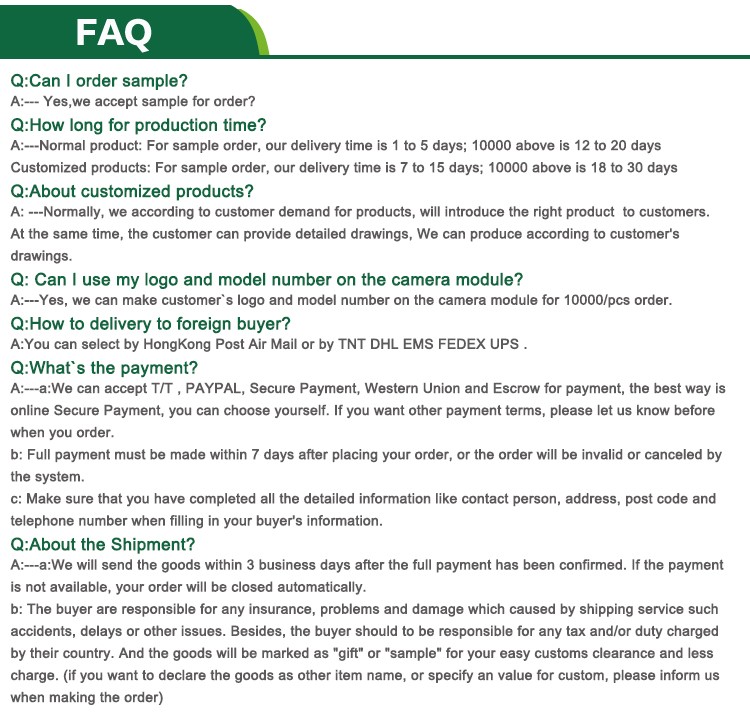"Step-by-Step Guide: How Do I Pay My FAFSA Loans Effectively?"
Guide or Summary:Understanding FAFSA LoansTypes of FAFSA LoansHow Do I Pay My FAFSA Loans?Dealing with Financial HardshipStaying Informed#### Translation……
Guide or Summary:
- Understanding FAFSA Loans
- Types of FAFSA Loans
- How Do I Pay My FAFSA Loans?
- Dealing with Financial Hardship
- Staying Informed
#### Translation: "How do I pay my FAFSA loans"
Understanding FAFSA Loans
The Free Application for Federal Student Aid (FAFSA) is a crucial step for students seeking financial assistance for their college education. FAFSA loans typically refer to federal student loans, which are designed to help students cover the costs of tuition, fees, and other educational expenses. Understanding how these loans work is essential for managing your debt effectively after graduation.
Types of FAFSA Loans
There are several types of loans available through FAFSA. The most common include Direct Subsidized Loans, Direct Unsubsidized Loans, and PLUS Loans. Direct Subsidized Loans are need-based and do not accrue interest while you are in school, whereas Direct Unsubsidized Loans do accrue interest from the time they are disbursed. PLUS Loans are available to graduate students and parents of dependent undergraduate students, and they require a credit check.

How Do I Pay My FAFSA Loans?
Once you graduate or drop below half-time enrollment, you will enter a grace period before you are required to start repaying your loans. Here’s a step-by-step guide on how to pay your FAFSA loans effectively:
1. **Know Your Loan Servicer**: The first step in managing your loan payments is to identify your loan servicer. This is the company that handles your loan repayment. You can find this information on the National Student Loan Data System (NSLDS) website.
2. **Understand Your Repayment Options**: Federal student loans offer various repayment plans, including Standard Repayment, Graduated Repayment, and Income-Driven Repayment plans. Familiarize yourself with these options to choose the best one for your financial situation.
3. **Create a Budget**: To ensure you can make your loan payments on time, create a monthly budget that includes your loan payment as a fixed expense. This will help you manage your finances and avoid falling behind on payments.

4. **Set Up Automatic Payments**: Many loan servicers offer a discount for borrowers who set up automatic payments. This can help you stay on track and ensure that you never miss a payment.
5. **Consider Consolidation or Refinancing**: If you have multiple loans, you might consider consolidating them into a single loan for easier management. Alternatively, refinancing can potentially lower your interest rate, but be cautious as it may result in losing certain federal benefits.
Dealing with Financial Hardship
If you find yourself struggling to make payments, don’t hesitate to reach out to your loan servicer. They can provide options like deferment or forbearance, which allow you to temporarily pause your payments. Additionally, Income-Driven Repayment plans can adjust your monthly payment based on your income, making it more manageable.
Staying Informed
Finally, staying informed about your loans and any changes in federal student loan policies is crucial. Regularly check the Federal Student Aid website for updates and resources that can assist you in managing your loans effectively.

In conclusion, understanding how to pay your FAFSA loans is an important aspect of your financial journey after college. By knowing your loan servicer, exploring repayment options, budgeting, and staying informed, you can navigate your loan repayment process with confidence.